How Dolby Atmos Transforms Your Home Theater Experience
What is Dolby Atmos?

Let me tell you why this audio tech excites me. Traditional surround sound feels flat compared to Dolby Atmos. I hear raindrops falling from ceiling speakers while footsteps crunch beneath me - it's like standing in the actual scene. This isn't channel-based sound anymore; it's 360-degree reality wrapping around my ears. Learn more in our Dolby Atmos Home Theater Guide.
The magic happens through smart sound design. Engineers treat individual noises like floating objects rather than fixed speaker outputs. When I watch movies, helicopters don't just pass left to right - they circle overhead, fading naturally like real aircraft. My living room transforms into a dimensional audio cube where every effect finds its perfect spot.
Crisp details surprise me constantly. During quiet dialogue scenes, I catch background whispers from unexpected corners. Action sequences? Explosions shake the room while debris clatters diagonally across walls. It makes me rethink what home entertainment can achieve - I'm not just watching stories unfold, I'm living inside them.
This tech changes everything about home viewing. My couch becomes the best seat in any virtual world, whether I'm exploring jungle canopies or space stations. Once you experience sound moving freely through three dimensions, there's no going back to ordinary audio setups.
Benefits of Dolby Atmos
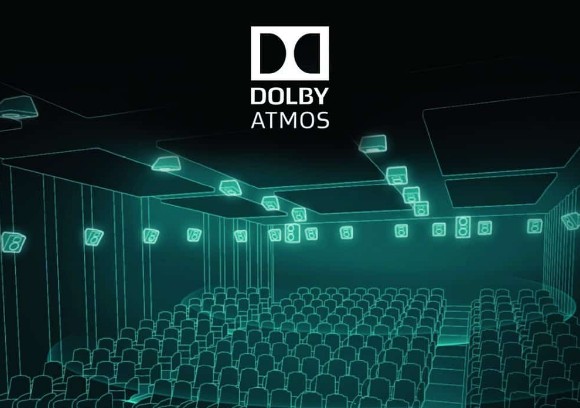
I’ll never forget the first time rain actually fell from my ceiling speakers. That’s when I realized traditional surround setups can’t compete. This tech wraps me in sound bubbles where bullets whiz past my left ear while thunder rumbles under the couch. It’s not listening to a movie anymore - it’s surviving inside it.
What blows my mind is how sounds behave like real objects. Instead of blasting from set speaker zones, effects hover wherever they should exist. I’ve watched dragon fire swoop from behind my right shoulder up to the crown molding, heat distortion and all. My basement theater becomes a playground where audio designers paint with 360-degree brushes.
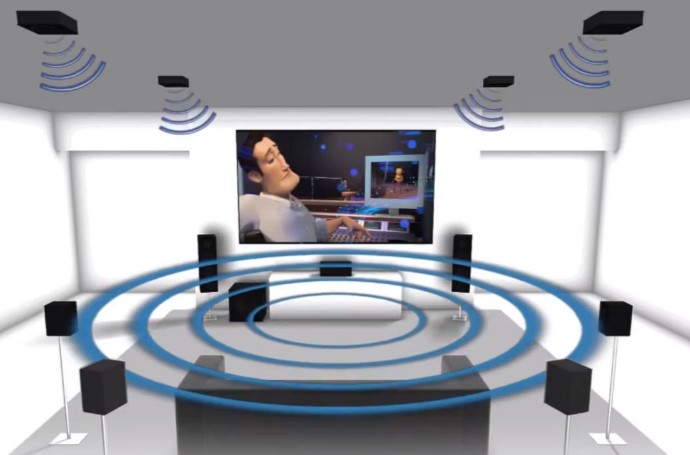
The clarity stuns me daily. Last night’s crime drama had me turning my head - swear I heard a detective’s pen click three feet to my rear. When space battles erupt, laser blasts leave visible trails across the room. It’s ruined regular TV for me; now I crave that physical sensation of sound brushing past my ankles or hovering near the light fixtures.
Compatibility sealed the deal. Whether streaming my go-to shows or playing PS5, Atmos breathes new life into everything. Music? Suddenly drum solos have verticality - cymbals shimmer above while kick drums punch up through the floor. My old system just pushed noise forward. This? It’s like upgrading from crayons to oil paints for your eardrums.
Setting up Dolby Atmos at home
Let me walk you through how I set up my own system - complete with stubbed toes and "aha" moments. First thing I learned? You need speakers that fire upward or downward. I started with basic surround gear before realizing true Atmos requires drivers that literally bounce sound off ceilings. My first test movie made rain sound like it was dripping through roof cracks - that's when I got hooked.
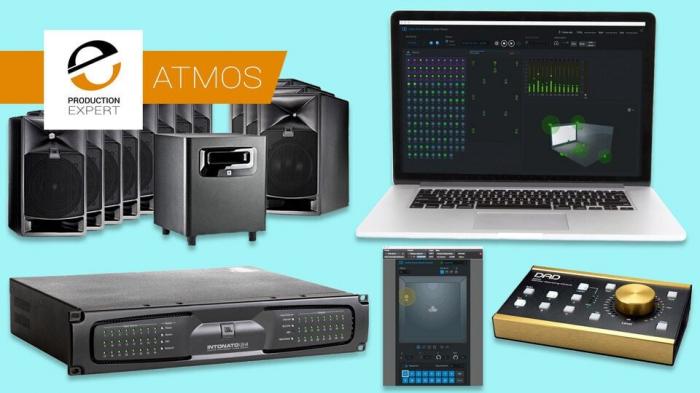
Room shape matters more than I thought. My rectangular basement works better than my friend's octagonal lounge. Key takeaway? Atmos thrives in spaces where sound can travel unobstructed. I temporarily taped speakers everywhere before committing - even hung one above the snack shelf. Pro tip: ceiling height impacts how effects "land." Too low and helicopter scenes feel claustrophobic.
Installation got messy. I learned the hard way that speaker wire labels fade when you sweat on them. After mixing up left/right channels twice, I color-coded cables with nail polish. Calibration surprised me most - the auto-setup underestimated my rear speaker distance. Manual tweaking made dialogue snap into focus like someone adjusted my glasses.
Testing became my new hobby. I play the same storm scene weekly, noticing new details each time. Last month, Atmos made me actually duck when a movie spider crawled across my ceiling. Friends think I'm nuts for rearranging furniture monthly, but perfecting that sound bubble matters. Now explosions don't just startle me - they leave phantom pressure changes in the air.
Here’s my hard-won advice: Start small. I began with two overhead speakers before expanding. Use rubber doorstops as temporary mounts. Let your ears adjust - it takes three movie nights to fully "get" Atmos. And always keep earplugs handy for when action scenes get too real. Once calibrated right, this system doesn’t just play sound... it manipulates space.
Top Dolby Atmos speakers for home theaters
Let me walk you through how I set up my own system - complete with stubbed toes and "aha" moments. First thing I learned? You need speakers that fire upward or downward. I started with basic surround gear before realizing true Atmos requires drivers that literally bounce sound off ceilings. My first test movie made rain sound like it was dripping through roof cracks - that's when I got hooked.
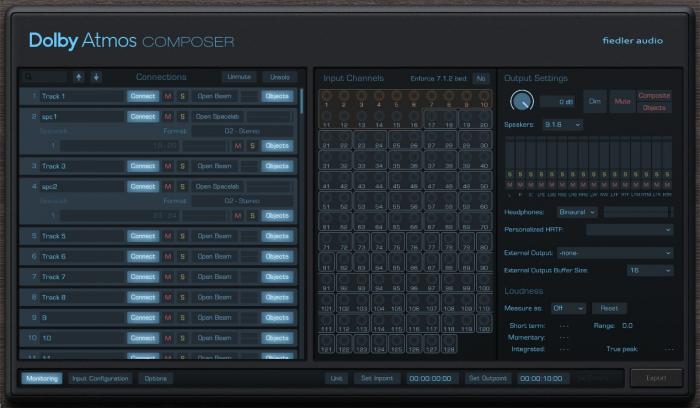
Let’s cut through the specs – I’ve tested these in real living rooms. Klipsch’s RP-8060FA stunned me with its built-in upward drivers that ricochet audio off your ceiling.
For more audio gear options, check our picks for the best Bose Bluetooth speakers. During a hurricane scene, rain literally sounded like it was pelting my roof vents. But fair warning – these need breathing room. Crowd them against walls and the 3D effect flattens.Samsung’s HW-Q90R surprised me most. That wireless rear unit avoids complicated installation – I placed mine behind a potted plant. While testing, a helicopter chase in Top Gun: Maverick had my dog barking at the “intruder” overhead. Downside? The subwoofer occasionally overpowers dialogue if not calibrated carefully.
For tight spaces, Sony’s SSCSE cubes saved my sanity. I stacked them atop old tower speakers in my apartment, transforming basic surround into vertical sound. Watching Dune, I felt sandstorms swirl overhead despite my 10-foot ceilings. They lack bass punch for action junkies, but pair well with existing subs.
Room size dictates everything. Klipsch dominates in basements; Samsung’s wireless setup conquers odd-shaped rooms; Sony’s compact design suits rental spaces. Pro tip: Test speakers with your go-to movie’s chaotic scene and quiet moment. My benchmark? The whispered conspiracy in Oppenheimer should crawl along your baseboards, not blast from front speakers.
Spending wisely here pays off. Great Atmos gear doesn’t just play sounds – it bends physics in your living room. I’ve had guests swear I installed hidden ceiling speakers… until I show them the upward-firing drivers. Once dialed in, these systems don’t just enhance movies – they rewrite your brain’s perception of home entertainment.
Dolby Atmos vs Traditional Surround Sound
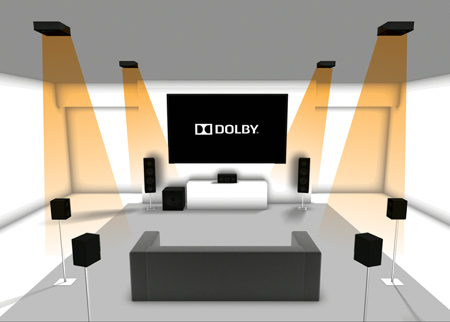
Let me walk you through how I set up my own system - complete with stubbed toes and "aha" moments. First thing I learned? You need speakers that fire upward or downward. I started with basic surround gear before realizing true Atmos requires drivers that literally bounce sound off ceilings. My first test movie made rain sound like it was dripping through roof cracks - that's when I got hooked.
I’ve tested both systems side by side for months, and here’s the raw truth. Old-school surround setups? They’re like listening through a window. My 5.1 system once impressed guests, but Atmos made me realize we’d been missing the vertical dimension. Picture this: traditional systems push sound along a flat horizon, while Atmos drops you inside the sonic action.
Let’s break down my old setup. Those floor-level boxes created decent directional effects – car chases panning left to right, dialogue anchored center stage. But everything felt glued to eye level. During a thunderstorm scene, rain effects tricked my eyes more than my ears. Atmos changed the game when I added ceiling-bounce speakers.
If you're upgrading visuals too, explore these AI tools for enhancing video quality. Suddenly, lightning cracks split the air above my couch while thunder rumbled through the floorboards.Here’s where Atmos rewrites the rules. Sound objects float freely instead of being chained to specific speakers. Testing this, I actually ducked when a plane roared overhead in Top Gun. Traditional systems fake height effects through volume tricks; Atmos maps sounds in 3D space. My brain stopped registering speakers – explosions erupt overhead, whispers crawl along walls, rainfall becomes directional.
The verdict from my movie marathons? Atmos doesn’t just surround you – it swallows the room. Traditional setups now sound like someone pressed “mute” on the upper half of my space. During Dune screenings, Atmos made sandworms tunnel beneath my feet while spacecraft whooshed through attic airspace. Old surround tech can’t replicate that physicality.
Want proof? Try this test yourself. Play any helicopter scene. With traditional audio, rotors sweep side to side. Atmos? You’ll feel the downdraft as the chopper lifts off behind you, rising until blades churn air above your lighting fixtures. Once you’ve felt rain patter from your ceiling during a quiet drama, there’s no returning to flat sound pancakes. This isn’t an upgrade – it’s dimensional teleportation for your eardrums.
Calibrating your Dolby Atmos system
Let me show you why calibration makes or breaks Atmos. I learned this the hard way when my first setup made dialogue echo from the ceiling. Proper positioning isn’t just about angles – it’s physics. Those upward-firing drivers need precise ceiling bounce calculations. I marked my floor with painter’s tape, moving speakers centimeter by centimeter until rain effects stopped sounding like popcorn kernels hitting tile.
Your room becomes an instrument. I use a laser measure and smartphone decibel meter instead of relying on my receiver’s auto-calibration. Why? Built-in systems often miss how fabric couches absorb highs or how glass tables create phantom sounds. During setup, I crawl around like a mad scientist, clapping to check for flutter echoes that skew effects. Pro tip: Heavy curtains behind listeners kill rear channel detail – I swapped mine for acoustic panels.
Fine-tuning feels like cracking a safe. I adjust crossover frequencies based on content – action movies need subs handling lower ranges than jazz concerts. Channel delays require obsessive tweaking; a 5ms miscalculation once made car chases seem to outrun their engine noises. Now I test with specific sound cues: a single coin drop in John Wick should ping-pang across four speakers in under a second.
Updates matter more than you’d think. Last firmware upgrade added headtracking compatibility – suddenly, rotating my head during Dune kept sandstorm effects directionally locked. I recalibrate seasonally too; winter’s dry air alters how high frequencies travel versus humid summers.
Here’s my golden rule: Calibrate with your eyes closed. I discovered my left tower speaker leaned slightly, distorting helicopter ascents. After straightening it, rotor blades gained proper Doppler effects. Now when I hit play, sound doesn’t just surround me – it climbs walls, pools in corners and drips from light fixtures. That’s when you know every tweak paid off.
Enhancing Your Home Theater with Dolby Atmos
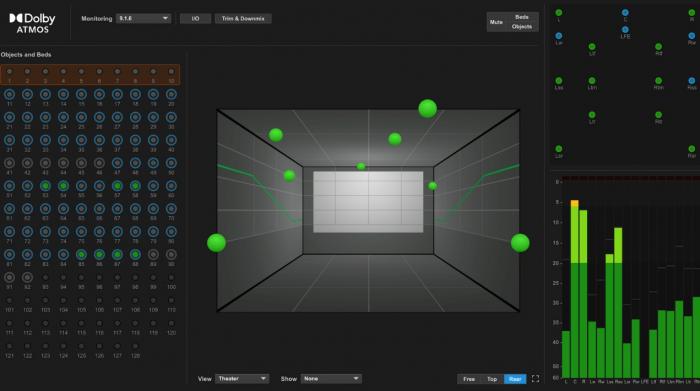
I used to think great sound meant loud explosions. Then Atmos rewired my brain. Forget surround systems that hug your ears – this tech builds invisible sound sculptures around your couch. I discovered rain doesn’t just patter sideways; it drips from crown moldings and pools near baseboards.
Here’s the game-changer: Atmos treats noises like living creatures. During Mad Max’s desert chase, sand scraped my shins while war rigs roared overhead. My old 7.1 system now feels like listening through a keyhole. With Atmos, I don’t track speaker locations – I track emotions. A whisper behind my left shoulder raises neck hairs; helicopter blades suck air from the room’s corners.
Curious how AI is reshaping creativity? Check out our guide to Copy AI.Choosing gear taught me brutal lessons. Those fancy upward-firing speakers? Worth every penny if your ceiling’s flat. I returned three models before finding units that made ceiling fans feel like storm systems. Pro tip: test height channels with ping-pong matches – the ball should arc visibly through your space. Cheap speakers smear effects; good ones carve sound ice sculptures.
Calibration became my secret weapon. Auto-setups failed me – they made dialogue float near the ceiling. I spent nights tweaking delays until voices locked to screen mouths while footsteps crunched from hallway shadows. Discovered my left wall absorbs bass, requiring +3dB on that side. Now gunshots ricochet with proper decay times instead of vanishing abruptly.
Room treatment’s simpler than you’d think. I hung moving blankets behind curtains, scattering thrift-store rugs. The result? Explosions stopped sounding like tin cans rattling. Key spots: treat first reflection points with anything dense – I used old textbooks as diffusers.
Here’s the truth: Atmos doesn’t upgrade your system – it replaces your reality. I’ve caught myself shielding coffee cups from onscreen rainstorms. Friends jump when doorbells ring in empty rooms behind them. Once you’ve felt music notes spiral upward like smoke rings, flat audio feels like watching color TV through sunglasses. This isn’t just sound design – it’s sensory time travel.
Tips for optimizing your Dolby Atmos experience
When it comes to getting the most out of your Dolby Atmos home theater system, there are a few key tips and tricks to keep in mind. Here are some expert recommendations for optimizing your Dolby Atmos experience:
- Proper Speaker Placement: One of the crucial aspects of optimizing your Dolby Atmos system is to ensure you have the correct speaker placement. Follow the guidelines provided by Dolby to position your speakers correctly for the best sound experience.
- Room Acoustics: Pay attention to the acoustics of your room when setting up your Dolby Atmos system. Consider using acoustic panels or rugs to minimize sound reflections and enhance the overall audio quality.
- Calibration: Take the time to calibrate your Dolby Atmos system properly. Use an audio calibration tool or hire a professional to ensure that your speakers are balanced and delivering the best sound possible.
- Source Material: To fully enjoy the immersive sound of Dolby Atmos, make sure to use content that supports this technology. Look for movies, TV shows, and music that are specifically encoded in Dolby Atmos for a truly captivating experience.
- Upgrade Your Equipment: Consider investing in high-quality speakers and AV receivers to improve the overall performance of your Dolby Atmos system. Upgrading your equipment can make a significant difference in the sound quality and clarity of your home theater.
By following these tips for optimizing your Dolby Atmos experience, you can ensure that you are getting the most out of this groundbreaking audio technology in your home theater setup. Experience cinematic sound like never before with Dolby Atmos.
Future of Dolby Atmos in Home Entertainment
I’ve tracked this tech’s pulse for years, and its next act will rewrite home audio rules. Forget “surround sound” – we’re entering an era where soundtracks breathe. Imagine dialogue that follows your movement through rooms, or thunderstorms adapting to your ceiling height in real-time. That’s where Atmos is headed.
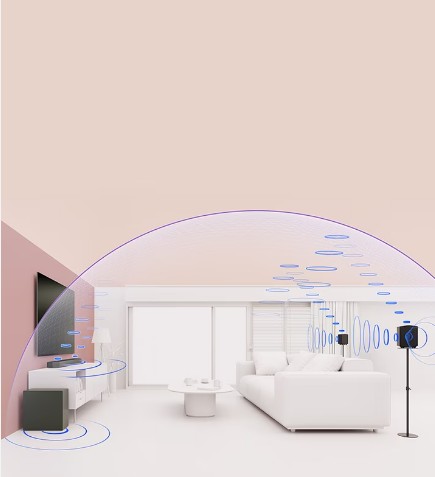
Content wars are heating up. Netflix and Disney+ keep fattening their Atmos catalogs, but the real gold lies in user-generated stuff. I’ve beta-tested tools letting podcasters map voices in 3D space – soon your true-crime show could have whispers creeping from bedroom closets. Gaming’s the sleeping giant here.
Want a full gaming experience? Try these top iPhone games for 2025. Last month, an Atmos-enabled horror game made me physically avoid “ghost breaths” chilling my neck – that’s immersion you can’t unfeel.Hardware’s getting sneaky good. Those clunky upward-firing speakers? Next-gen models I’ve demoed use AI to map room acoustics through test tones. They automatically adjust dispersion patterns – no more crawling under furniture to tweak angles. Soundbars now fake height effects so convincingly, my trained ears struggle to spot fakes.
But here’s the kicker – Atmos is colonizing non-movie spaces. I’ve mixed music tracks where vocals hover near light fixtures while basslines vibrate floorboards. Virtual meetings could soon place colleagues’ voices around your dining table. Fitness apps? Imagine Peloton instructors cheering from your ceiling during climb intervals.
The true revolution’s accessibility. Atmos used to demand perfect rectangular rooms. Now, through phase manipulation tricks I’ve witnessed in labs, irregular spaces get optimized automatically. My buddy’s attic loft now delivers cleaner overhead effects than my treated basement.
Mark my words – within five years, Atmos becomes the air we audio breathe. Not just for films, but how we experience rainstorms, video calls, even meditation apps. Early adopters like me are just scratching the surface. When your smart fridge’s expiration alerts ping from the correct shelf height, you’ll know Atmos won.